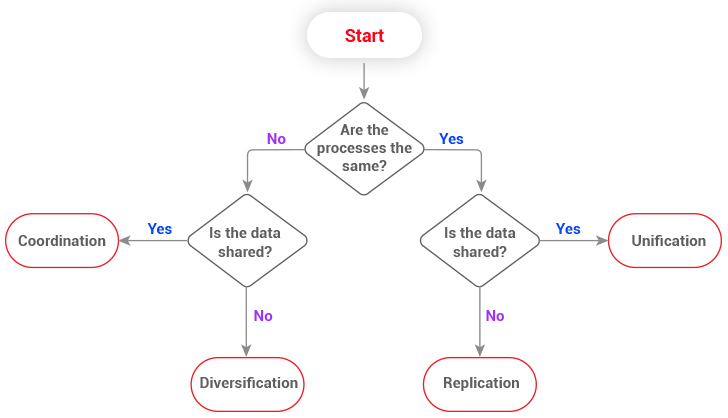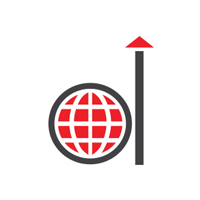Salesforce implementation requires substantial planning and investment. While most businesses invest heavily during the implementation phase, only a significant proportion of them reap above satisfactory returns. Most firms end up either underutilizing their licenses or overloading them with data — experiencing substandard ROI.
“About 50% of the CRM features paid for by businesses are used while a similar percentage (49%) of implementation projects fail every year.”

To maximize Salesforce usage and performance, companies need to adopt Salesforce CRM optimization practices in a planned manner. This includes adopting an effective change management process, strategizing on how to define/use your Salesforce org, and ensuring a high level of technical governance. If you are experiencing sub-optimal results post-implementation, consider the following optimization tactics suggested by our experts.
While the legacy application on pi.pardot.com offers usability like the Classic app, it poses inconvenience in login, has access to limited features, and offers less scope for upgrades, something you cannot rely on as a growing business. If you have not enabled the Pardot Lightning application, it is high time you consider Salesforce Pardot Integration.
Switching to Pardot Lightning Experience will allow you to take advantage of new product enhancements and upgrades — available only within the Lightning platform. There are several features of the Pardot Lightning application that are not available in the Classic app or its legacy platform “Pi.Pardot.com”. In this blog, we will be discussing about 3 must have tactics to deliver Salesforce implementation successfully:

1. Create a Change Management Strategy
The success of your Salesforce implementation largely depends on end users. Before you plan to make changes in CRM, ensure that users are ready to accept the change. For this, you can align an executive sponsor who can communicate with teams, engage a Salesforce implementation partner, and execute a suitable ‘Change Management Plan’.
Change Management is the process of administering project lifecycle right from collecting business requirements to moving code from development to production state. After you establish a Salesforce change management (CM) program with important stakeholders, follow these CM steps for better Salesforce implementation:
- Gather Change Request Ideas
- Inspect & Prioritize Change Requests
- Configure, Implement, and Test Change Requests
- Develop an End User Communication Strategy
An effective change management plan goes a long way in ensuring higher levels of user adoption. With engaged employees and better adoption, you can make the optimal use of Salesforce licenses. As one of the leading Salesforce Implementation Companies in India, we suggest you to systematically test solutions, assess the results, and implement the ones that offer higher value to your business. Our Salesforce implementation strategy will help align your CRM with your business goals, boosting ROI, and promoting user adoption
2. Adopt a Suitable Salesforce Org Strategy
One of the major decisions for business executives is to decide the most suitable Salesforce strategy for their organization. A Salesforce organization strategy should be decided based on an enterprise’s data and process requirements. Mainly there are 4 operating models you can choose for your organization to establish a sound Salesforce org strategy:
- a) Diversification (Low Integration, Low Process Standardization)
- i) Characteristics of this model: Different processes and data, independence with shared services
- ii) Architecture Focus: Provide economies of scale without limiting independence
This model is suitable for businesses having diverse processes and data models. Since processes are independent, the impact on one process workflow won’t disrupt the workflow of the entire organization.
- b) Replication (Low Process Integration, High Process Standardization)
- i) Characteristics of this model: Standardized processes, different data
- ii) Architecture Focus: Provide standard infrastructure and application components for global efficiencies.
In this model, there is centralized control over business process design. Apps are built centrally and deployed locally. In this model, Salesforce Implementation Partners deploy a package from a central org into replicated BUs. In this way, you can provide local administration while maintaining your predefined business processes.
- c) Coordination (High Process Integration, Low Process Standardization)
- i) Characteristics of this model: Different processes, seamless access to shared data
- ii) Architecture Focus: Access to shared data through standardized interfaces.
The coordination model is ideal when there are independent business units with a need to know each other’s transactions. Since data is shared, business units generally have better coordination and communication levels compared to other models.
- d) Unification (High Process Integration, High Process Standardization)
- i) Characteristics of this model: Single org, same processes, same data
- ii) Architecture Focus: Centralizing standard processes and data in enterprise systems
The unification operating model is based on a globally integrated set of business processes where suppliers and customers are distributed geographically. It is suitable for businesses where business units have similar operations and processes/data are shared centrally. If your organizational units are tightly integrated around a standardized set of processes, your company should surely adopt this model.
Note: To select the right model for your organization, consider the flowchart below.

Image: Flowchart representing data and processes w.r.t. Salesforce operating models
3. Defining Salesforce Technical Governance
Technical governance empowers organizations to establish and monitor accountability of Salesforce activities to ensure that investments are in the line of business goals and objectives. However, many businesses fail to optimize their licenses and realize sub-optimal performance simply due to a lack of tech governance. Here are some of the common reasons for lack of governance:
- a) Business units (BUs) purchase Salesforce licenses but do not hire suitable resources that can share insights on how to administer or optimize CRM.
- b) Business executives think that governance will add to the complexity in system administration and functionality addition will lead to unnecessary downtime.
- c) Many Salesforce users believe changes should be made in the production environment and hence there is no need for it.
Governance is an indispensable part of Salesforce optimization strategy and must not be ignored. If you are experiencing sub-optimal results due to any of the above reasons, consider hiring Salesforce architects, developers, consultants, and admins Salesforce Implementation Partners can help you establish a governance framework that includes technical roadmaps, design strategy, class annotation, naming conventions, documentation, etc. With a proper governance strategy, you will be able to identify system loopholes and plan for better Salesforce CRM optimization.
The Bottomline
Resistance to change, improper org strategy and lack of governance are three of the biggest bottlenecks for organizations when it comes to Salesforce optimization. To achieve maximum business value and best resource utilization, firms must incorporate the above tactics in their Salesforce optimization plan. At Damco, we have helped many organizations optimize and innovate their Salesforce licenses and will be glad to help you realize your maximum business potential.





